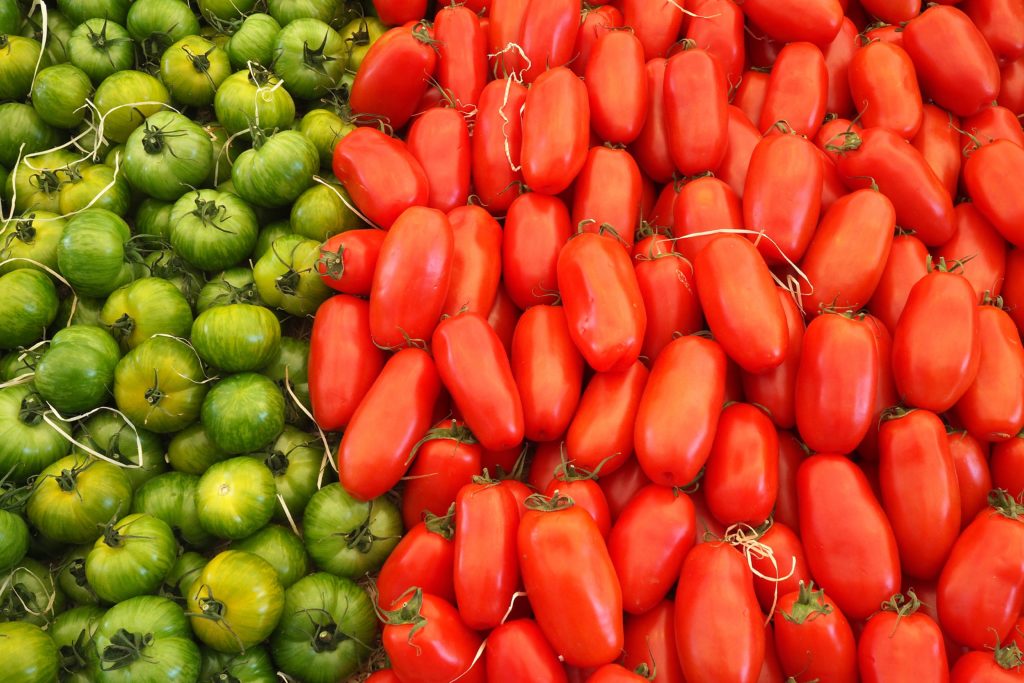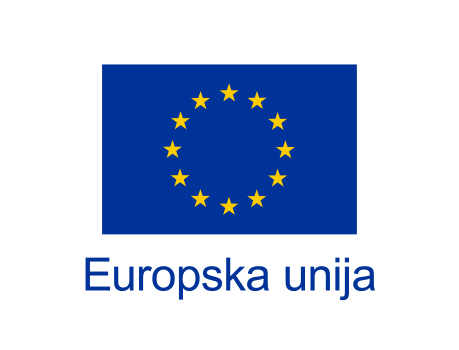
 European Union. Together to EU funds
European Union. Together to EU funds
Food data – From table to field in the context of OPG

At the moment, one often hears about the process of placing food from the field to the table. However, there is an alternative to this process. And she is from the table to the field. What is the difference between these two views on food placement?
The main difference is that in the process from the field to the table we deal with physical products, ie food itself, while in the process from the table to the field we deal with data that show the needs for food. Food is produced in the field, and the information that food is needed on the table, at the moment when the meal is eaten. During the years of observing independent food production and looking for answers on how information systems can help Croatian family farms, one of the main challenges for smaller and independent food producers is planning. How to process products from the field, to whom to sell them, where the customer is, how much he is willing to pay, what is the demand and what is the dynamics of consumption, how much to invest in marketing, which channels to use and with whom to be a partner. If we start from the table, that is, we collect data and process it in order to create information, we know the answers to all the above questions. If we add to this that the final consumer of food interacts with the information system, we create insight into its consumer habits, we can collect feedback on how to improve the product and it can help us market our products by promoting us to their acquaintances and thus becoming an important agent in increasing sales.
Now where are the challenges in designing such an information system, what data are we processing? Also how such an information system fits into the Big Data concept.
Big Data, by my working definition, is the processing of unstructured data on which an action can be based, which are processed as close to real time as possible and satisfy the information needs of the person in context.
What are two people in context? Manufacturer and Consumer. Therefore, some of the questions would be as follows
What information do we collect?
How do we structure them?
How is the data flow between the consumer and the manufacturer connected?
How long does it take to generate information from that data?
Where is the data stored and who has access to it?
What procedures do we use to process this data?
How do we visualize them?
How do we verify their authenticity and accuracy?
How do we coordinate the work of different information systems that process this data?
How do we spend always limited resources (both financial and human and technological)?
Not once did we sit down with a colleague for coffee and discuss these challenges
The thought left in the shared mental space is that it is really scary that we can learn almost everything about the person we eat and food we eat almost nothing.

I would stop there and leave the reader to think about this, and that if he could join us in our mental space.
Autor: Sergej Lugović
We publish the text with the permission of the author.
Your VeeMee advisor






 FACEBOOK
FACEBOOK
 TWITTER
TWITTER


